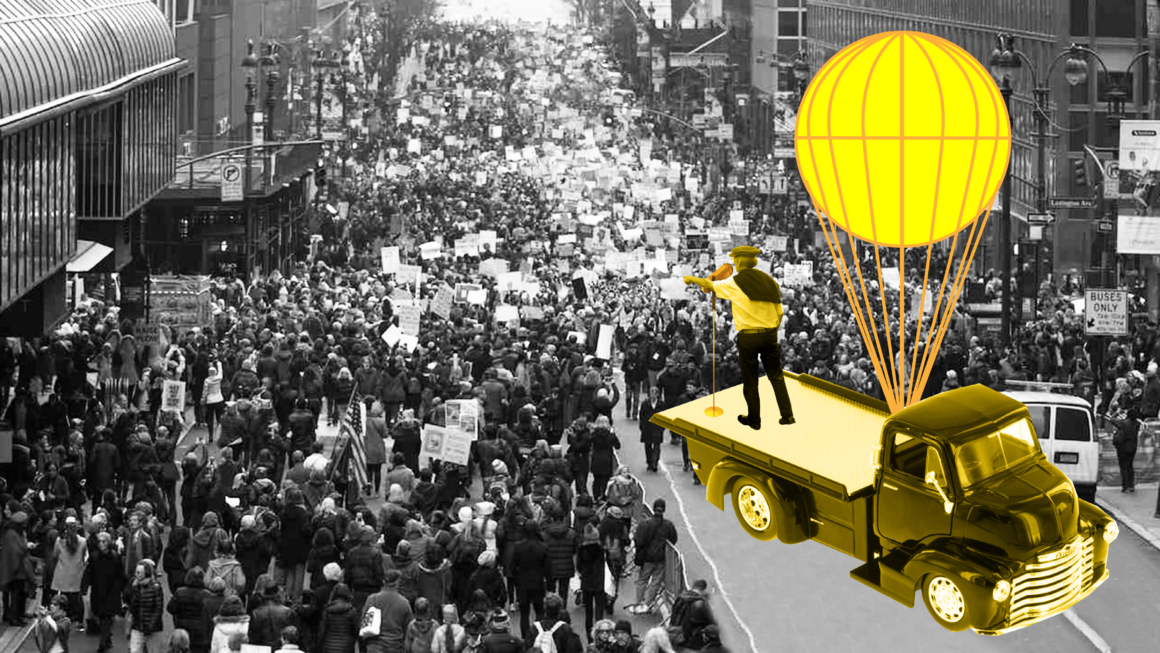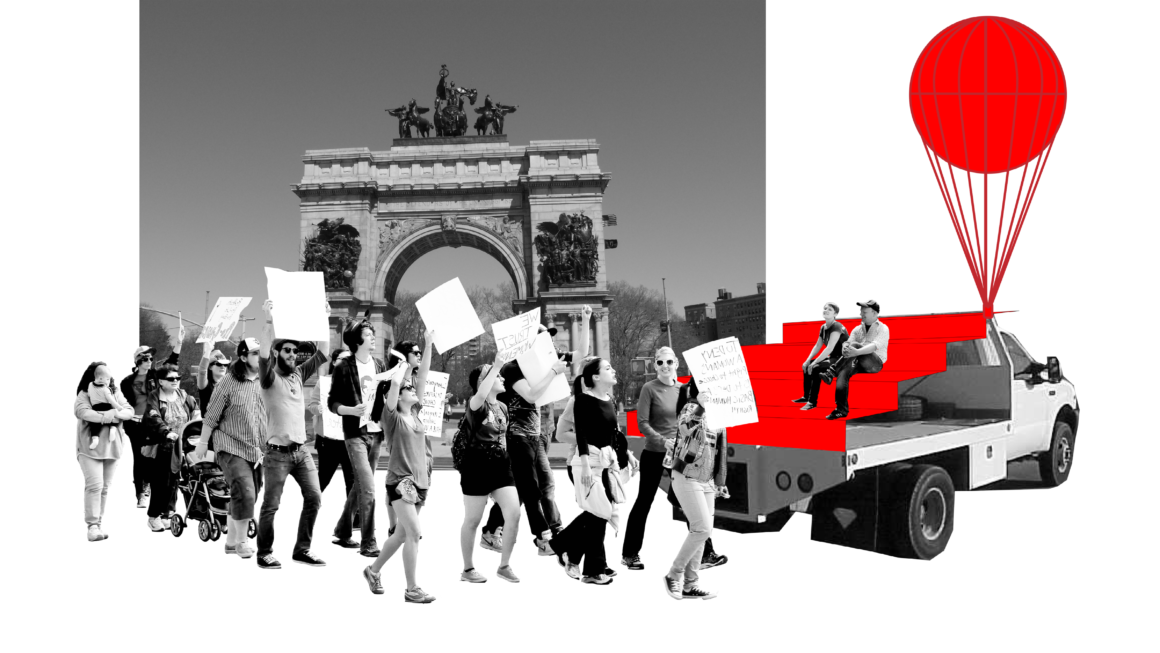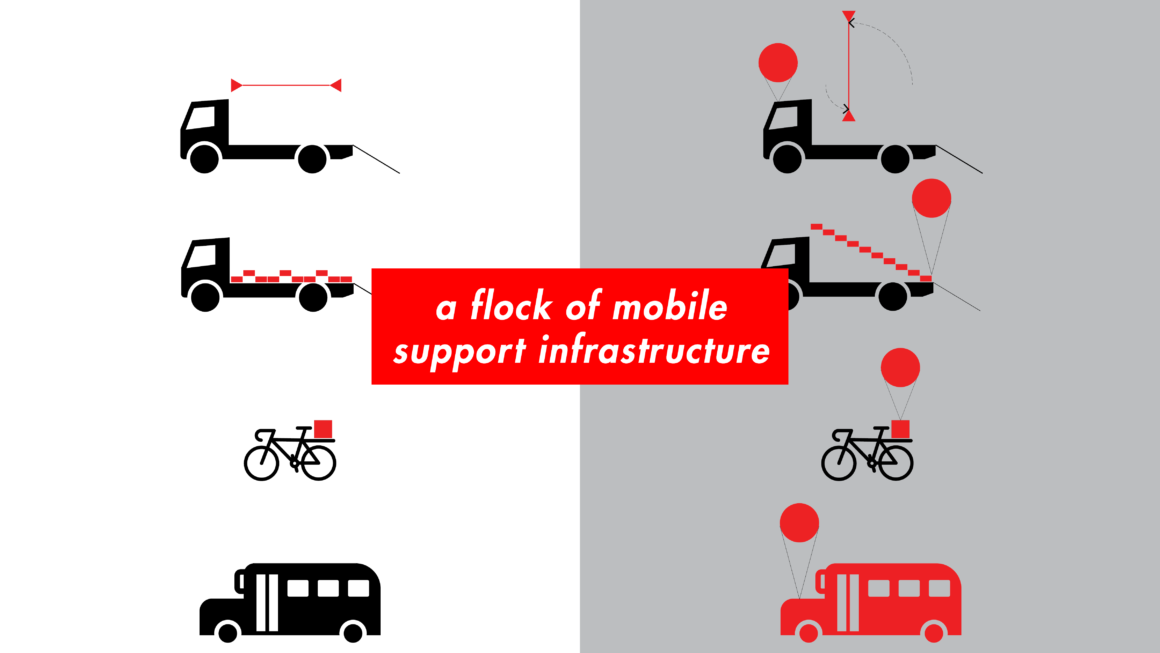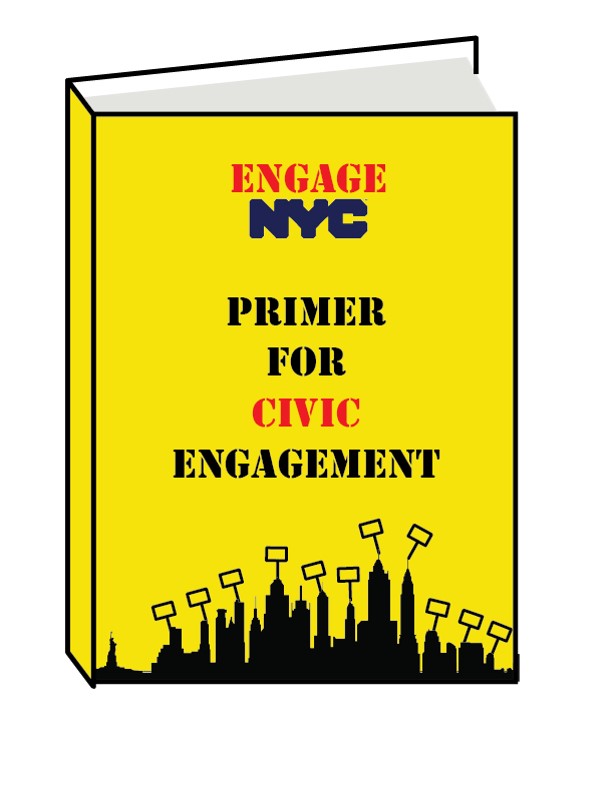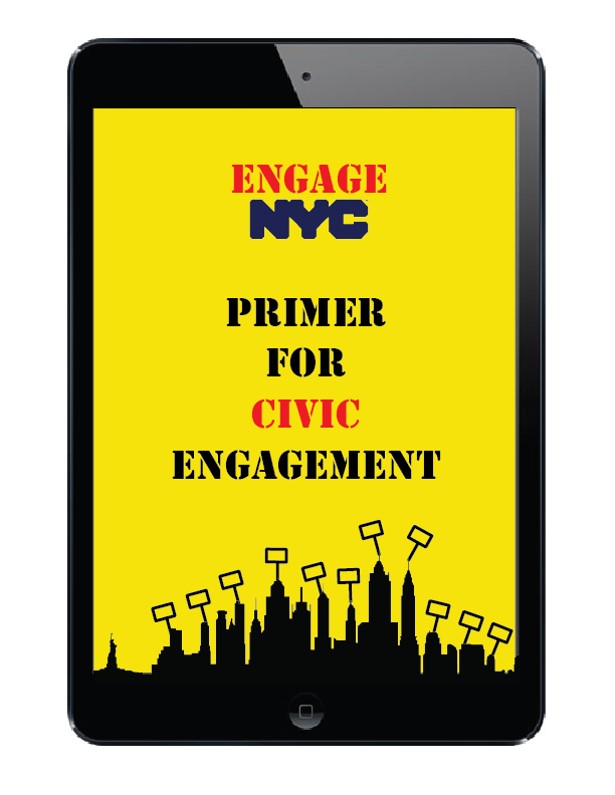To the Streets is a fast-paced one-day design competition that asks multidisciplinary teams how a distributed network of assembly spaces could be designed for the streets of New York City’s five boroughs.
As more New Yorkers take to the streets to make their voices heard, the city faces a powerful opportunity and urgent need to make strategic improvements to these arterial spaces for accessible, equitable, and vibrant peaceful assembly—an issue that we have shared with Mayor Bill de Blasio in a recent letter signed by PAU, Design Trust for Public Space, the Horticultural Society of New York’s Neighborhood Plaza Program, New Yorkers for Parks, Project for Public Spaces, Van Alen Institute, Street Plans, Institute for Public Architecture, the Municipal Art Society of New York, Gehl Institute, WXY Architects, Transportation Alternatives, and Regional Plan Association.
To the Streets is a fast-paced one-day design competition that asks multidisciplinary teams how a distributed network of assembly spaces could be designed for the streets of New York City’s five boroughs. Participants propose how design can make activism more inclusive and champion the city’s diverse population. Proposals should be imaginative but also offer physical design elements that could be adopted by local groups and implemented by a municipal agency.
Jury
Jack Bernatovicz, Organizer, Take Action NYC
Laura Hansen, Managing Director, Neighborhood Plaza Partnership, The Horticultural Society of New York
David van der Leer, Executive Director, Van Alen Institute
Lucy Robson, Director of Research & Planning, New Yorkers for Parks
Boris Santos, Bushwick and Ridgewood Organizer, New York City Council District 24
John Schettino, Fellow, Design Trust for Public Space
Devin Vermeulen, Creative Director, WeWork
Winning Proposal
Infrastructures of the Not Normal
Team: James Khamsi, FIRM Architecture and Design and Columbia University; Despo Thoma, One Architecture + Urbanism
Protests draw power from the places where they occur, whether in front of a government institution or within the heart of a community. To help people amplify their presence and their voices, we propose a mobile and distributed infrastructure that stands apart from everyday life and goes to the places where people feel their voices need to be heard. This mobile “flock” supports protest and free speech by harnessing and augmenting familiar technologies like social media that are crucial for assembling networked collectives spread across the city and mobilizing people for action. Bridging digital and physical realms, a series of hovering, interactive place markers share and disseminate moments and messages from events throughout the city.
Second Place
Primer for Civic Engagement
Team: David Isaac Hecht, Architecture Lobby; Maya Porath, Parlor and Architecture Lobby; Priyanka Shah, Architecture Lobby; Matej Vakula, OSSAI (Open Source and Space Administration Institute) and Genspace
The Primer for Civic Engagement is a manual that details a wide range of methods for enabling assembly in public space, and offering communities a set of tools to spark political interactions. It outlines a set of simple yet bold modular designs, spatial strategies, and communication tactics to enable shared civic actions. The Primer emerges from New York’s urban conditions: gridded streets, dispersed public spaces, diverse communities, and complex transit networks. The manual identifies street corners, public squares, and intersections (typically near transit) that become a field of distributed public spaces that can serve as nodes for protest. To spark political engagement, community-built elements will help create speaking platforms, conversation circles, and performance stages for discourse, action, and exchange. When shared across media platforms, images of repeated elements serve as signifiers creating a unified sense of resistance. Born in New York, the Primer can be adapted to link movements across the country.
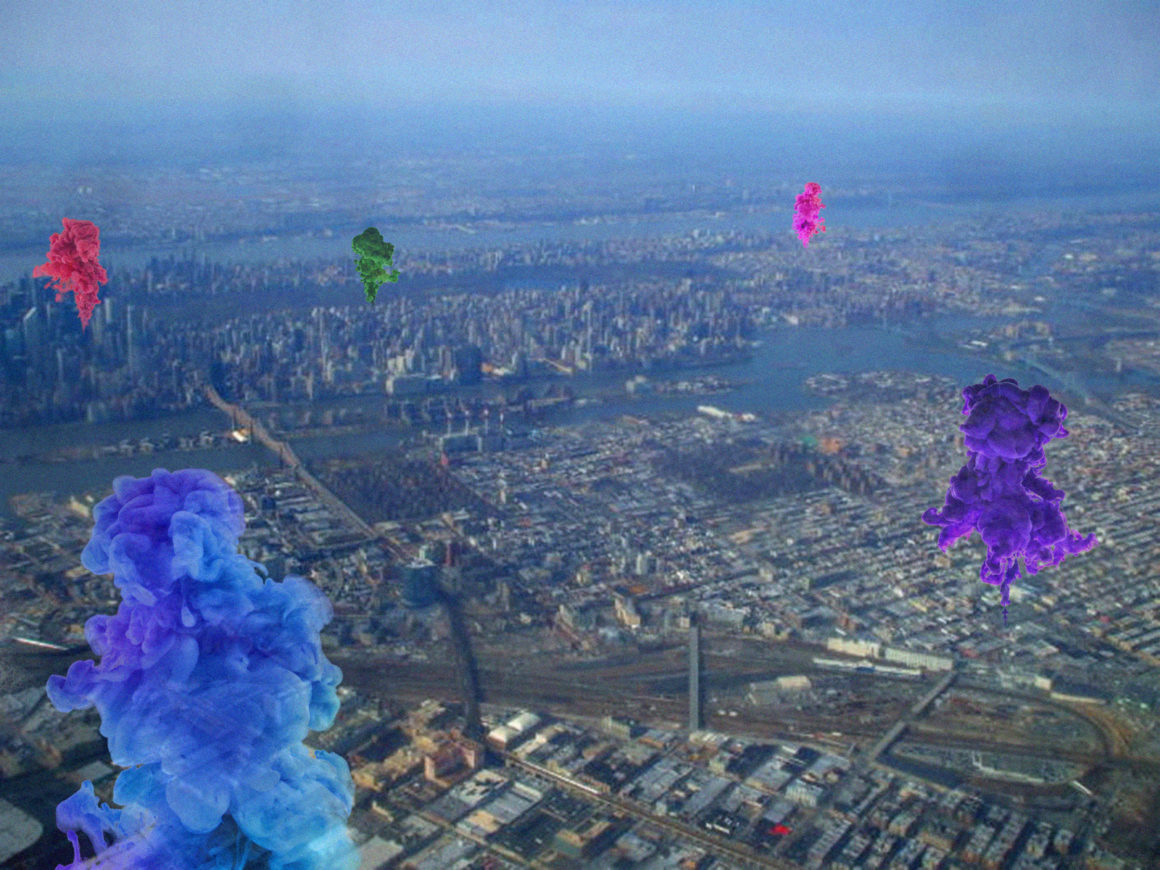
Finalist
Smoke Signals
Team: Liam Turkle, Stan Allen Architect; James Martin, Skidmore, Owings, & Merrill
How can local actions resonate on a civic scale? How can a broad-based consensus be achieved by celebrating diversity? We propose three interventions that combine to create an adaptable institution for public protest.
1) Space: A stage for public action. Repurpose neighborhood blank space: empty lots, parklets, unused MTA grounds. Refashion through participatory processes.
2) Beacon: A way to make the local visible on a city level. A bat sign. An inflatable lightning rod. Smoke signals.
3.) Mythology: Make the ephemeral part of local folklore. Temporary monuments collect and display the relics of a demonstration. Branch libraries become long-term caretakers and curators of an expanding canon of local action.
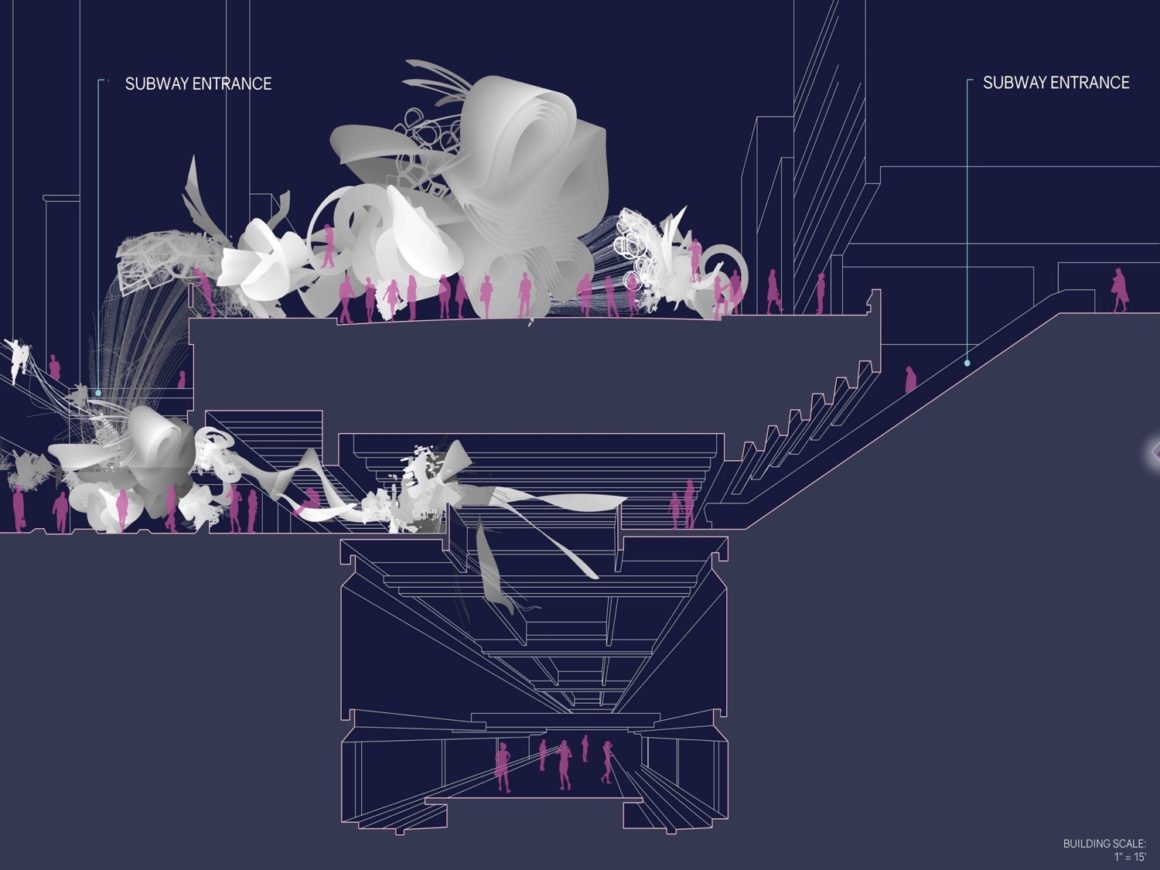
Finalist
REMEDIUM
Team: Ada Mitchev, student; Marina Pickrel, student; Dagmar Richter, architect; Enrique Limon, architect
REMEDIUM looks at the role of the architect in contemporary protest movements, and whether they can create spaces that respond to real-time changes in programmatic demand. Protest events are now instigated largely through social media, and architects must harness tools to help provide spaces that promote such gatherings. We propose a Protest Pod, an expandable form influenced by advanced origami folding techniques to ensure compactness in its mute state. Electrically charged fabric along with jointed hard members will serve as a signaling system, expanding to form partial shelters that can be appropriated and adapt to the dynamics of street or subway occupations. Artificial intelligence has the potential to provide a crowd-sourced interface that promotes art and civic engagement. Robotic components work collaboratively to expand and contract while displaying the latest social media posts for an event directly onto its surfaces. This synthesis of both sculptural and digital realms through developing technologies allows participants to reconsider the role of public space and protests as an expression of identity within New York City. These responsive forms of signage will remain dependent on physical interactions of individuals in order to refrain from advertising and corporate interventions.
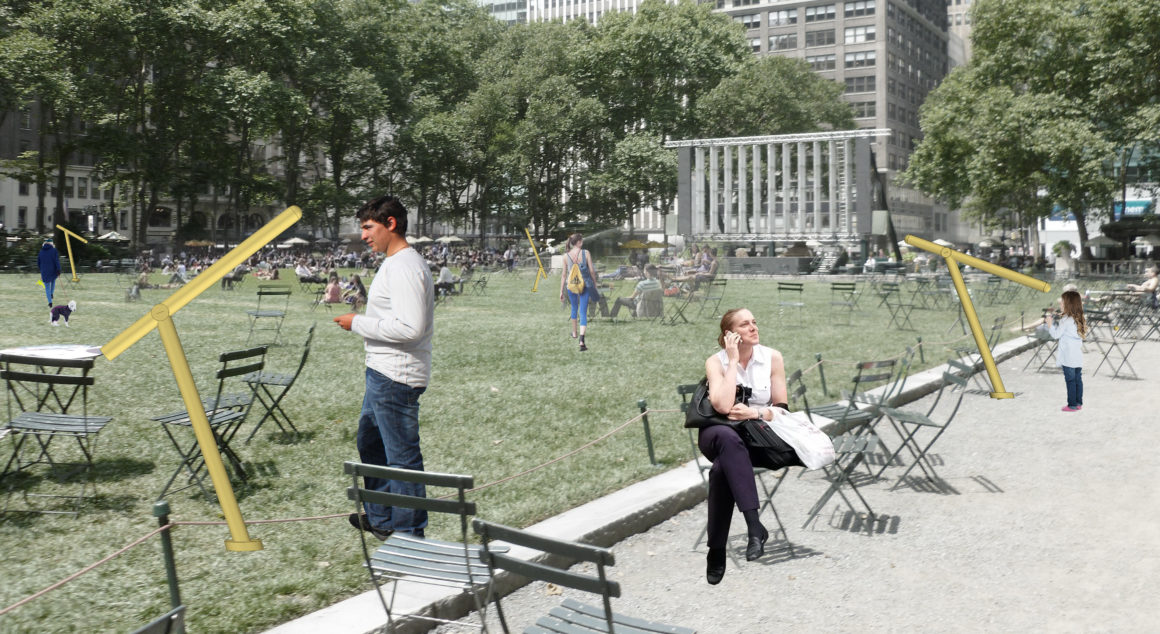
Finalist
Civic Current
Team: Sophie Eichner, SHoP Architects; Pyline Tangsuvanich, WXY Studio; Ralph Ma, Google; Nathalie Weiss, SHoP Architects
In today’s information age, Americans use digital media to exercise our right to free speech. However, these networked platforms curate tailored truths, and many believe that they help to polarize opinion and society as a whole. Respecting the value of every individual’s voice, and curious about the motivational drive that has inspired New York residents to speak out, we designed urban nodes to support storytelling that connects different locations and people of different background. Iconic by design, we envision a tool that inspires democratic urban discourse. Its user-friendly interface would welcome locals to tune into an assembly live or respond to city administered prompts. A data-driven approach to activating the nodes will ensure that they are strategically programmed and located to maximize benefit for the New Yorkers on the streets and the city that wants their voices heard.

